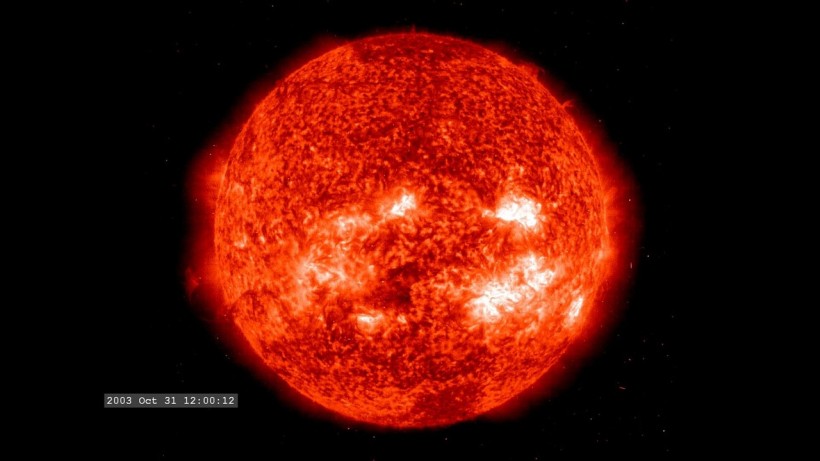The incredibly intense patch and its magnificent blast signify that the Sun's solax maximum is nearing. What's more, this period could be even more intense than expected.
Magnificent Sunspot 10x the Size of the Earth Unleashes X-Class Solar Flare
Per Live Science, the enormous dark sunspot AR3354 has emitted a magnificent X-class flare. These flares are considered the strongest type of flare that the Sun can ever produce.
The storm reportedly slammed into Earth. As such, this led to brief radio blackouts in certain regions of the US and other areas. This was reportedly due to the ionization over the top of the atmosphere of the Earth, Spaceweather.com explains. While this was the case, experts have warned that the impact could have been much worse.
Space.com adds that the flare erupted at 15:14 EDT and was observed to be a strong ultraviolet flash. The Solar Dynamic Observatory of NASA was able to observe it.
Solar physicist Keith Strong released the flare's footage on Twitter. He also noted in a different tweet that June 2023 reached the record-high monthly average for the number of sunspots in the last 21 years.
X FLARE IN PROGRESS!!! Sunspot region AR3354 near the NW limb just produced an X1.07 Flare (between the 10th and 14th biggest flare so far, this solar cycle). That is the 18th X flare during SC25 (compares to just 14 from SC24). pic.twitter.com/5rdGvCHDWg
— Keith Strong (@drkstrong) July 3, 2023
The AR3354 sunspot reportedly emerged on the surface of the Sun on June 27. Within 48 hours, it reportedly grew to span roughly 3.5 billion square kilometers, which is 10 times the width of the Earth. Scientists in space weather were shocked by the rapid emergence of the sunspot and were also worried that the sunspot could release solar storms that could bring imminent danger.
The sunspot reportedly released a massive M-class flare on June 29 after reaching its full size. It then stayed calm until July 2, when the massive X-class flare was released directly towards the Earth.
ALSO READ: Sun Expels Super X-Class Flare; Officials Expect More Solar Eruption To Come
Solar Flares
Solar flares result from the tangling, breaking, and reconnecting of the magnetic fields that surround sunspots. The specific X-class flare of the AR3354 sunspot may have been aided by a plasma plume, which made magnetized material land over the said sunspot.
Generally, solar flares are categorized based on strength and intensity. The smallest flares are called B-flares. Following these small flares are C-flares and M-flares. The strongest one is the X-flare, which was the one that was recently expelled by sunspot AR3354. Space.com adds that X-class flares have the strength that is equivalent to 10 times that of an M-class flare. As such, X-class flares are also a thousand times stronger compared to the small B-class flares.
Flares that last long, such as the recent X-class flare, are occasionally joined by coronal mass ejections (CMEs). These CMEs involve the lashing out of sizeable quantities of stellar material in plasma form. These materials are shot off from the solar surface.
RELATED ARTICLE: Powerful 'X-Class' Solar Flare Hits Earth, Causes Radio Blackout in Southeast Asia, Australia, New Zealand
Check out more news and information on Space in Science Times.















